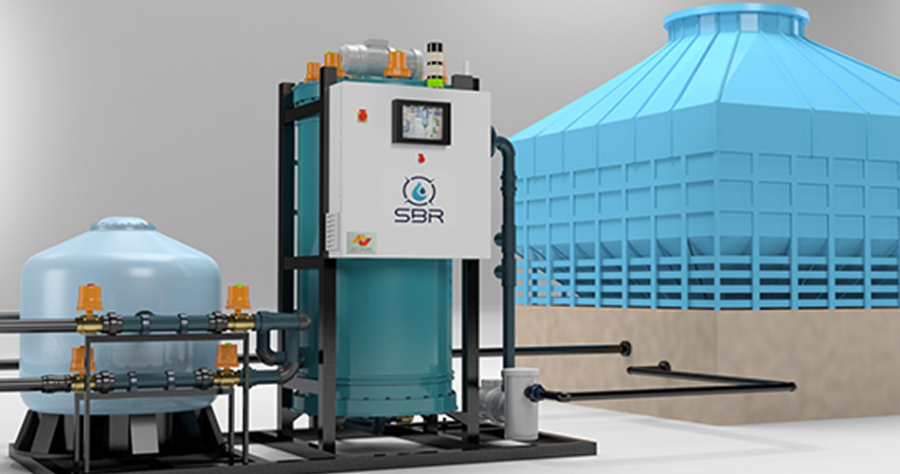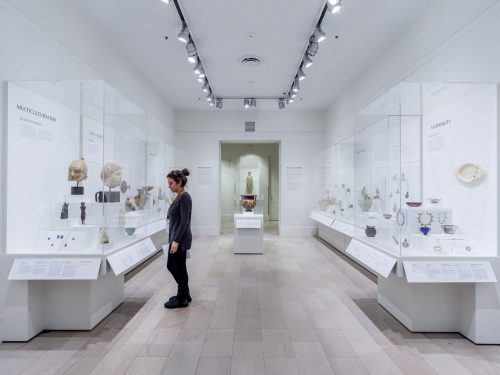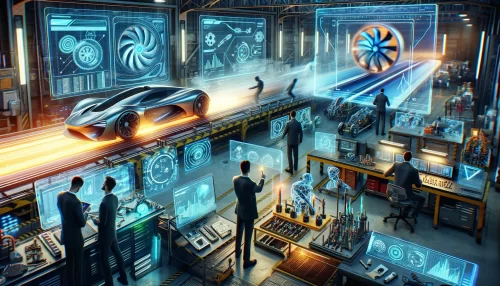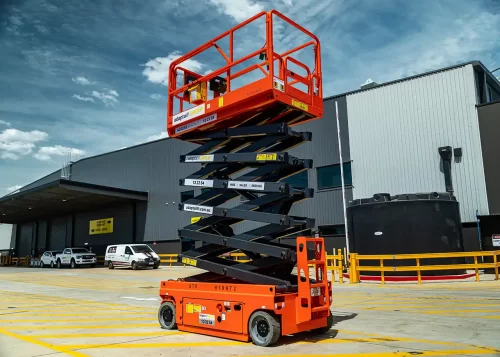There are many types of water treatment systems can be associated with a cooling tower. The water treatment processes vary depending on the cooling tower requirements.
Moreover, the treatment process impacts the quality of feed and circulation water. Various industrial plants install cooling tower facilities for controlling heating, air conditioning, ventilation, and many other purposes.
Keeping the system efficient is essential to obtain seamless productivity. Negligence in maintenance can cause many problems such as corrosion, fouling, scaling, organic growth, and many more. Inadequate cooling tower water treatment causes plant downtime, low productivity, and costly equipment expenses.
So, how does cooling tower water treatment work? You can find the details in the following section of this post.
Makeup Water Intake
Due to leakage and heat, the cooling-tower loses some water. Makeup water compensates for the loss of water due to evaporation and leakage. The process involves drawing water from a water source. For example, the source can be the water tank of an industrial plant.
During the makeup water intake process for the cooling towers, you need to ensure that source water matches the existing water quality in the system.
Using a water treatment is essential for matching the quality of source water and cooling tower water. You can use both chemical and non-chemical treatments for process. The treatment intends to reduce the hardness of the water. At the same time, it will remove silica from the water.
Typically, such water treatments are equipped with PH sensors, which can determine the PH level and stabilize it according to the industrial requirements.
Filtration and Ultra-filtration
A cooling tower water treatment process includes both filtration and ultra-filtration of the water. Both these filtration processes remove the suspended particles from the water. Some common suspended particles in the water are sediment, turbidity, organic matter, and many more.
Both filtration and ultra-filtration processes must occur at the early cooling tower water treatment stage.
The presence of organic substances in the water for a long time can damage the membranes and resins of the cooling tower. While filtration removes large particles, ultra-filtration omits the particles smaller than one micron.
Ion Exchange and Water Softening
The makeup water may consist of a high amount of alkaline substance, and such water is technically known as hard water. The hard water develops sediment that can damage the walls and surfaces of a cooling tower.
Sediment formation has been noted as one of the common problems, and it happens when hard water is left untreated.
The hard water can be softened through a process known as ion exchange. At first, hard water passes through softening resin.
In the second step, it will charge through the sodium ion.
The presence of contamination can develop scales and rust in this stage. Thus, ultra-filtration and filtration are essential steps before entering the ion exchange stage.
Addition of the Chemicals
The next step for treating cooling tower water is the addition of chemicals. Various chemicals used for the water treatments. In the following section, find a guide to the water treatment chemicals.
- Corrosion Inhibitors: Bicarbonates are regarded as corrosion inhibitors, and they can neutralize the acidity of the water. The water’s reduced acidic level results in lesser minimal corrosion of the cooling tower surfaces.
- Scale Inhibitors: Phosphoric acid is a well-known scale inhibitor that can prevent scale deposits inside the treatment plant.
- Algaecides: Bromine and many other chemicals used as algaecides. As the name implies, algaecides prevent algae formation in the water.
Following the steps above properly before reaching the chemical addition stage recommends to reduce the use of chemicals. Minimal use of chemicals makes the treatment process cost-effective.
Side-Stream Filtration
Sometimes, contaminants enter through the leaky passages of the plant. For removing such contamination, side-stream filtration is essential. Around 10% of the water in a plant filtered through the side-stream filtration system.
Blowdown Cooling Tower Treatment
The final stage of the water treatment process is the blowdown treatment. Bleed or blowdown is one of the commonest problems which have addressed through the blowdown treatment. The process also removes the solid wastes and other contaminants from the plant.
Conclusion
A water treatment aims to reduce the hardness of the water. At the same time, it removes contamination, organic elements, silica, sulfates, irons, sediments, and other impurities. While the chemicals are essential for cooling tower water treatment, non-chemical water treatment for the treatment is cost-effective.
Thus, the water treatment process must be precise before entering the chemical addition stage. Effortless filtration and ultra-filtration before chemical addition reduce the use of chemicals in the cooling tower water treatment process.









